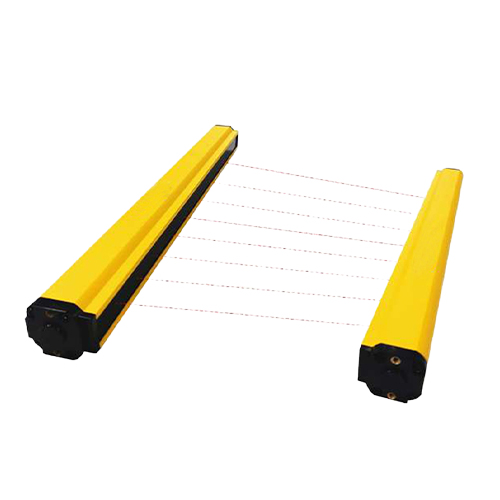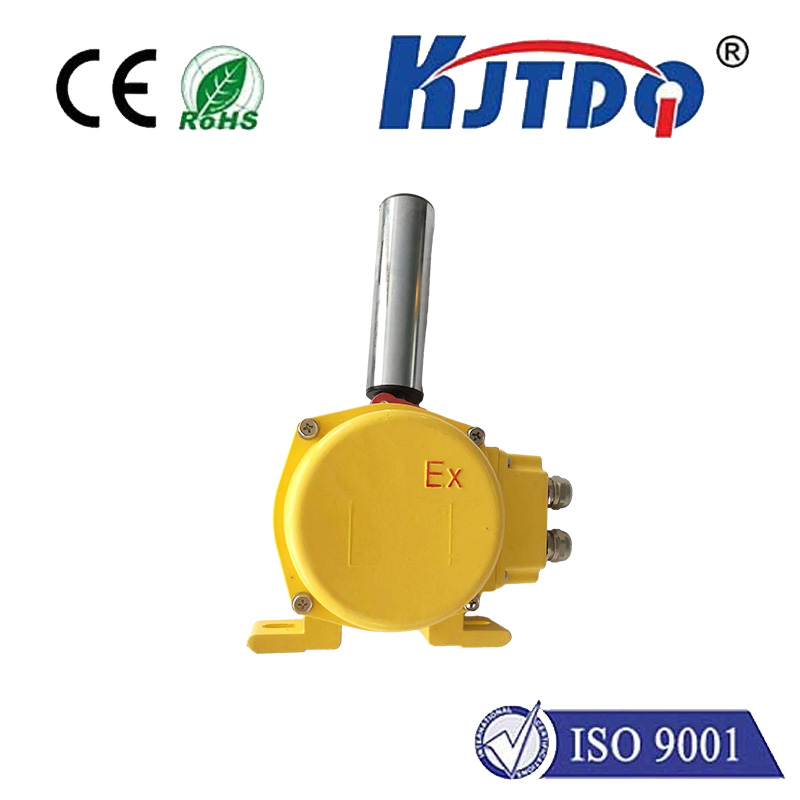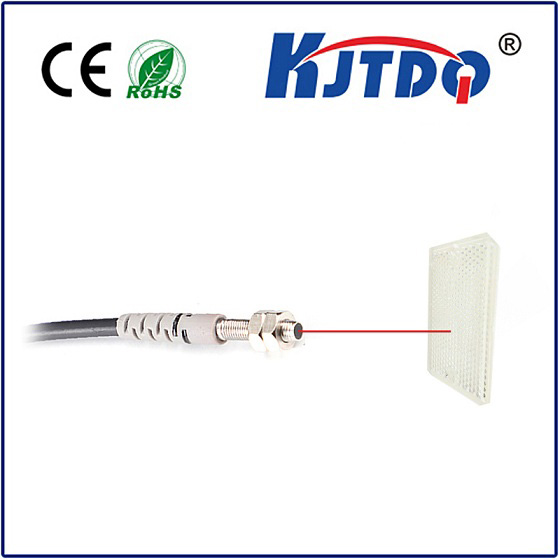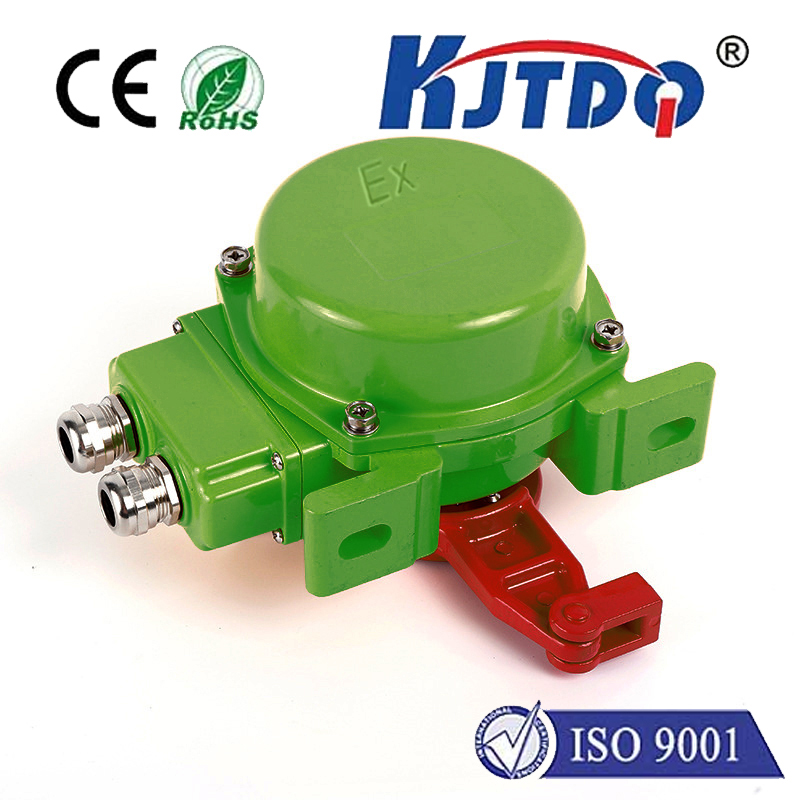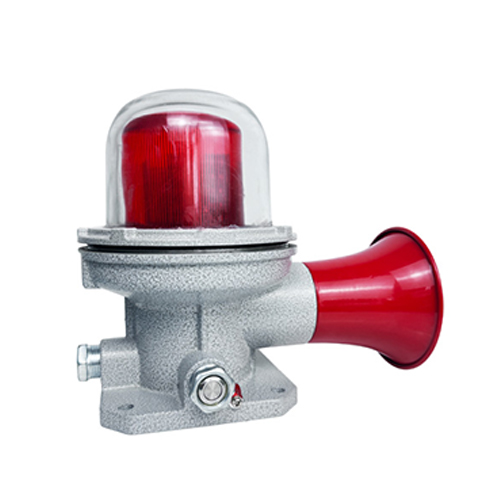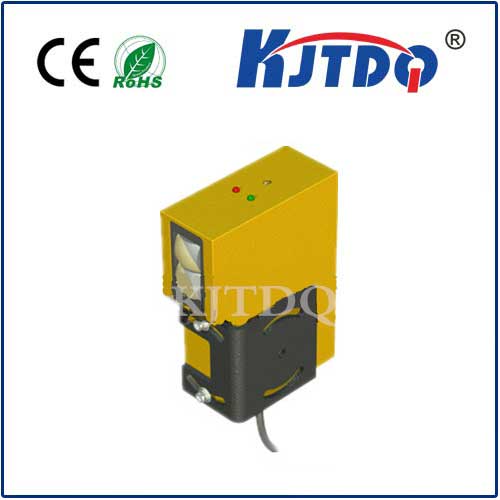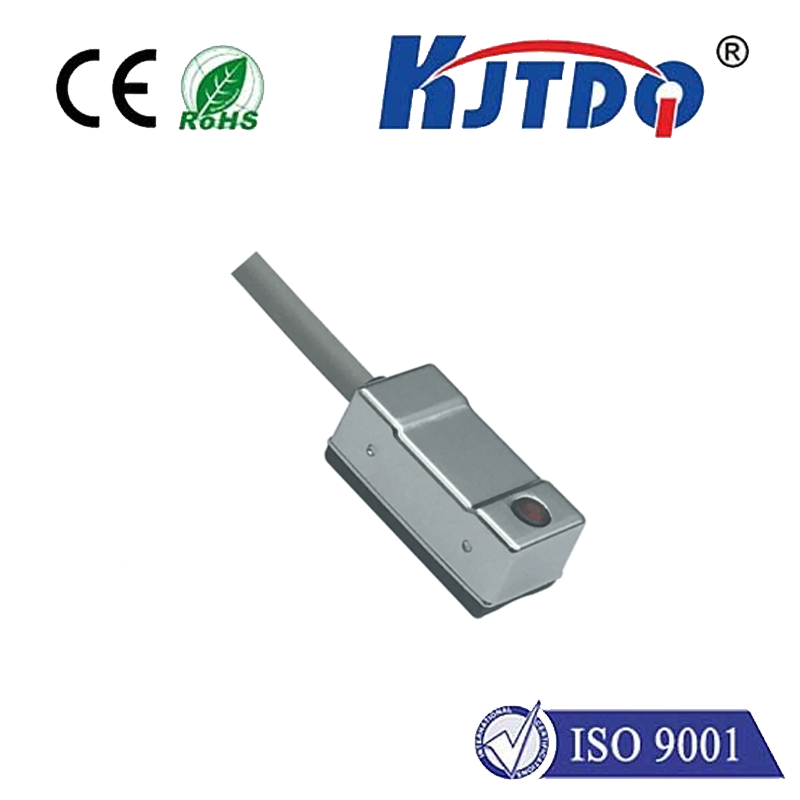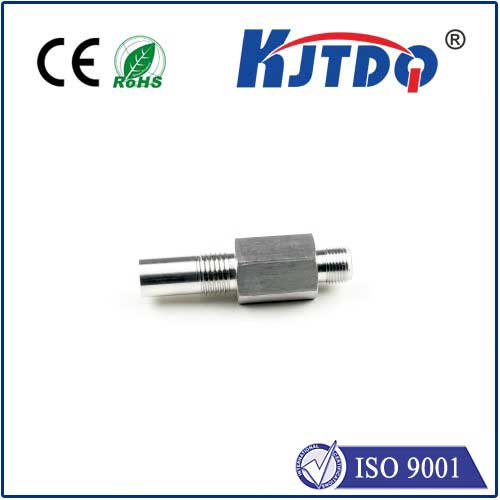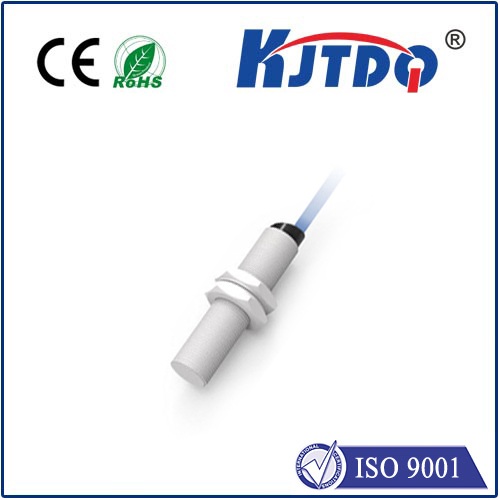

check

check

check

check

check

check

check

check

check

check

Title: The Benefits and Applications of Long Range Inductive Proximity Sensors In the world of automation and sensing technology, long range inductive proximity sensors are revolutionizing the way we interact with our environment. These advanced devices offer a range of benefits and applications that make them an essential tool for industries such as manufacturing, automotive, and many more. In this article, we will explore the advantages of long range inductive proximity sensors and highlight some of their key uses. One of the primary benefits of long range inductive proximity sensors is their ability to detect objects from a distance. Unlike traditional proximity sensors, which require physical contact with the object being detected, these传感器 can sense objects from several centimeters away. This increased range allows for greater flexibility in installation and reduces the need for complex mechanical systems. Additionally, long range inductive proximity sensors are less affected by environmental factors such as dust, moisture, and temperature variations, making them ideal for use in harsh or challenging environments. Another advantage of long range inductive proximity sensors is their high level of accuracy. These devices can precisely measure the distance between the sensor and the object being detected, allowing for real-time monitoring and control of processes. This level of precision is particularly important in applications where precise measurements are critical, such as in the automotive industry or on production lines. Long range inductive proximity sensors also offer improved safety features compared to traditional proximity sensors.由于它们能够在一定距离内检测到物体,因此在潜在危险区域周围安装这些传感器可以减少工人受伤的风险。此外,这些传感器还可以与其他安全系统(如紧急停止按钮和光幕)集成,以进一步保护工人和设备的安全。 There are many applications for long range inductive proximity sensors across various industries. In the automotive industry, these sensors are used in parking assist systems to detect obstacles and provide real-time feedback to drivers. They are also used in anti-lock braking systems (ABS) to monitor wheel speed and prevent skidding. In manufacturing, long range inductive proximity sensors are used in quality control processes to ensure products meet specific size and shape requirements. They are also commonly found in conveyor belt systems, where they help to detect packages or materials that may be obstructing the belt. In conclusion, long range inductive proximity sensors offer numerous benefits and applications across various industries. Their ability to detect objects from a distance, high level of accuracy, and improved safety features make them an essential tool for modern automation and sensing technologies. As these sensors continue to evolve and improve, we can expect to see even more innovative applications and benefits in the future.
